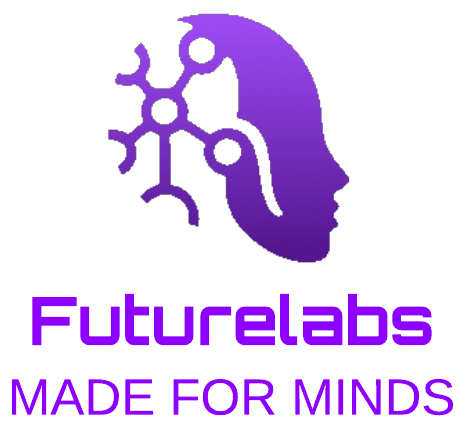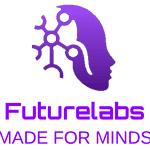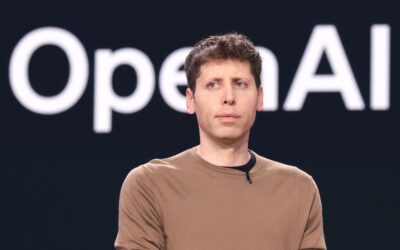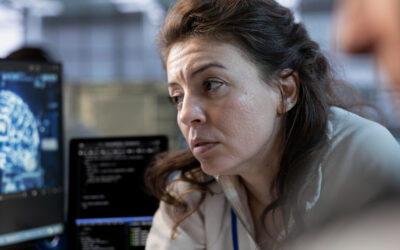Alan Turing: The Father of Artificial Intelligence
Alan Turing, a British mathematician and logician, is considered one of the fathers of computer science and, of course, of artificial intelligence. His legacy transcends the boundaries of technology and makes him an iconic figure of the 20th century.
Life and Historical Context:
Turing showed a great aptitude for mathematics and science from a young age. He studied at the universities of Cambridge and Princeton, where he developed his ideas on computability and logic.
The Bletchley Park Era:
During World War II, Turing worked at Bletchley Park, the British codebreaking center. There, he played a crucial role in the development of the Colossus machine, which allowed the Allies to decrypt the messages encoded by the German Enigma machine. This work significantly contributed to shortening the war’s duration. Bletchley Park and Alan Turing are names that evoke a pivotal time in history, marked by World War II and advances in cryptography.
Bletchley Park was a complex of buildings in the UK where, during World War II, critical intelligence work was done: decrypting enemy secret codes. This place, surrounded by an aura of mystery, became the nerve center of British cryptography.
Turing was one of the most prominent figures at Bletchley Park. His brilliant mind and innovative approach were essential in breaking the Enigma code, used by Nazi Germany to communicate securely. The Enigma machine: it was an electromechanical device that generated and decrypted encrypted messages. The Germans considered Enigma virtually unbreakable.
Turing and his team developed the Bombe machine, an electromechanical device that could systematically test different combinations of Enigma’s settings. This was a crucial step in breaking the code. The ability to read enemy communications provided the Allies with an invaluable strategic advantage, shortening the war and saving countless lives.
Both the Bombe machine and Colossus were fundamental tools in the effort to decrypt Nazi codes during World War II, and both are closely linked to Turing’s work.
The Bombe machine was created by Alan Turing in 1939, based on an initial design by Marian Rejewski, a Polish mathematician. The Bombe was an electromechanical device designed to help decrypt messages encoded by the Enigma machine. It worked by systematically testing different rotor combinations of the Enigma to find the correct setting. Although a powerful tool, the Bombe had its limitations. As the Germans complicated the Enigma’s configuration, it became increasingly difficult and slow to decrypt messages.
Then came Colossus, developed by Tommy Flowers in 1943. Colossus was one of the first digital electronic computers. Unlike the Bombe, which was electromechanical, Colossus was entirely electronic. It was designed to decrypt messages encrypted by the Lorenz machine, a more complex cipher machine than Enigma. Colossus was much faster and more flexible than the Bombe, allowing for much more efficient decryption of Lorenz-encrypted messages.
Both the Bombe and Colossus played a crucial role in the Allied victory during World War II. By allowing the Allies to read enemy communications, these machines shortened the duration of the war and saved countless lives.
The work done at Bletchley Park and Turing’s contributions had a lasting impact on history. Among the most important highlights are:
The birth of modern computing: the cryptanalysis techniques and devices developed at Bletchley Park laid the groundwork for the development of early computers.
The conceptual beginnings of Artificial Intelligence: Turing’s ideas on artificial intelligence, explored in his famous Turing machine, remain relevant today.
Post-War Activity:
After the war, Turing focused on developing a mathematical theory of computation, introducing the concept of the Turing machine. This idealized machine, capable of performing any calculation describable by an algorithm, became the foundational theoretical model of computation.
In 1950, Turing published a paper titled “Computing Machinery and Intelligence,” in which he proposed an experiment to determine if a machine could think. This experiment, known as the Turing Test, involves determining whether a human interrogator, communicating with a machine and a human through a terminal, can distinguish between the two. If the interrogator cannot tell them apart, it is considered that the machine has passed the test and can be regarded as intelligent.
Contributions to Artificial Intelligence:
The Turing Machine as a Model of the Mind: Turing suggested that the human mind could be considered as a Turing machine, opening the door to the possibility of creating intelligent machines. The Turing machine is a theoretical model of computation consisting of an infinite tape divided into cells, a read/write head, and a set of rules. Although it is an abstract concept, the Turing machine serves as a universal model of computation, demonstrating what problems can be solved algorithmically and which ones cannot. It is the theoretical foundation of modern computers.
The Turing Test as a Standard of Intelligence: The Turing Test became a benchmark in artificial intelligence research and continues to be a subject of debate and study today. What limitations does the Turing Test have as a measure of intelligence? The Turing Test, despite its historical significance, presents certain limitations. For example, it does not assess a machine’s ability to understand the physical world or be self-aware. Additionally, it focuses on mimicking human intelligence rather than evaluating intelligence itself. This does not diminish its contribution in the slightest; these are simply observations made more than eight decades later with a perspective shaped by significant later developments. It means that the tools we have now for evaluation do not alter the brilliance of Turing’s initiative and also explain that our current perspective is broader and clearer than at the time of its creation.
Algorithms and Computability: Turing formalized the concept of the algorithm, establishing the foundation for the study of computability. He demonstrated that there are problems that cannot be solved by any algorithm, leading to the concept of undecidability.
The Foundations of Computation: Turing’s work laid the theoretical foundations of computer science, providing a formal framework for the study of algorithms and computability.
Turing’s Legacy:
He Can Be Considered the Father of Artificial Intelligence: Turing is regarded as one of the founders of artificial intelligence, and his ideas remain relevant today. How has the concept of intelligence evolved since Turing’s time? The concept of intelligence has evolved significantly since Turing’s era. Initially, it focused on machines’ ability to perform specific tasks, such as playing chess or proving mathematical theorems. Over time, artificial intelligence has evolved into systems capable of learning autonomously, adapting to new situations, and performing more complex tasks that require a high level of understanding of the world.
His Influence on Computer Science: His work has had a profound impact on the development of computer science, and his concepts are fundamental in the theory of computation. Turing’s legacy is immense. His ideas have laid the groundwork for computer science and artificial intelligence. His work has enabled the development of modern computers, the internet, and a wide range of technological applications that we use daily. Additionally, Turing is a symbol of the fight for minority rights and a reminder of the importance of intellectual freedom.






0 Comments